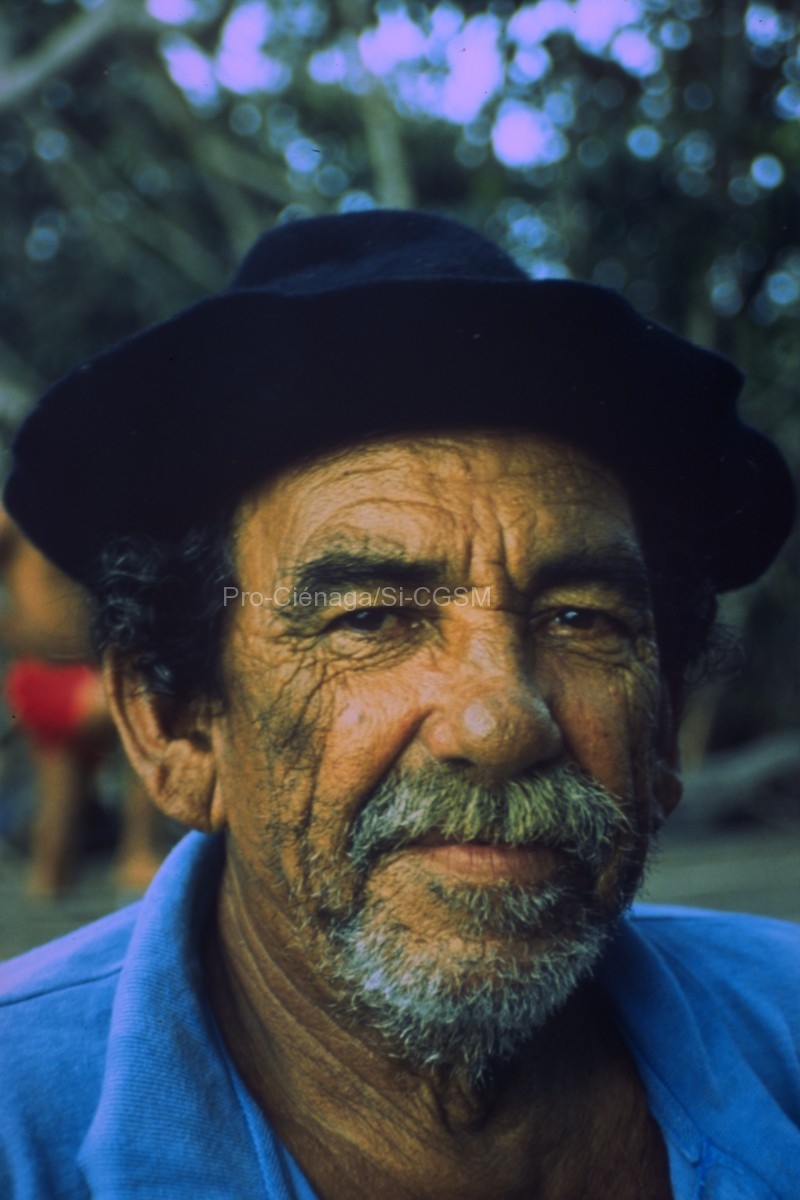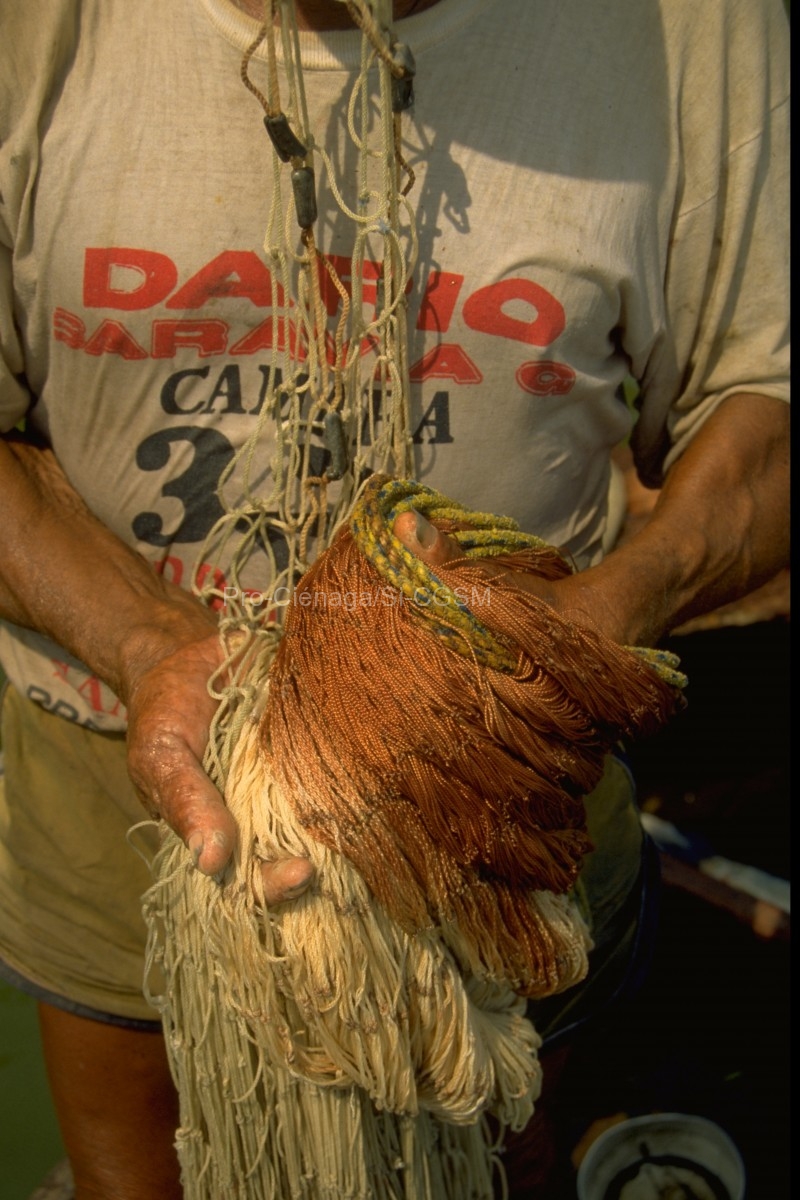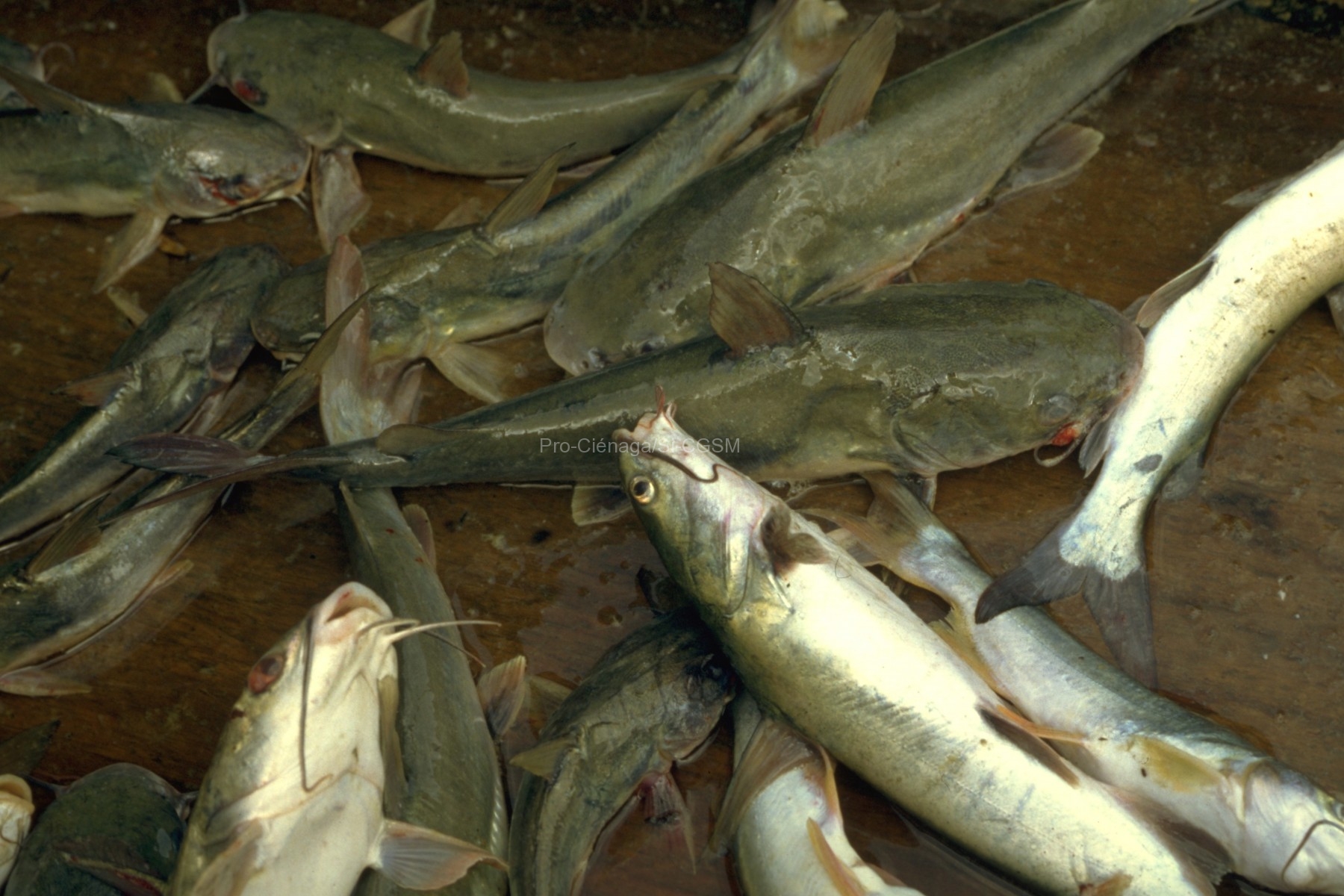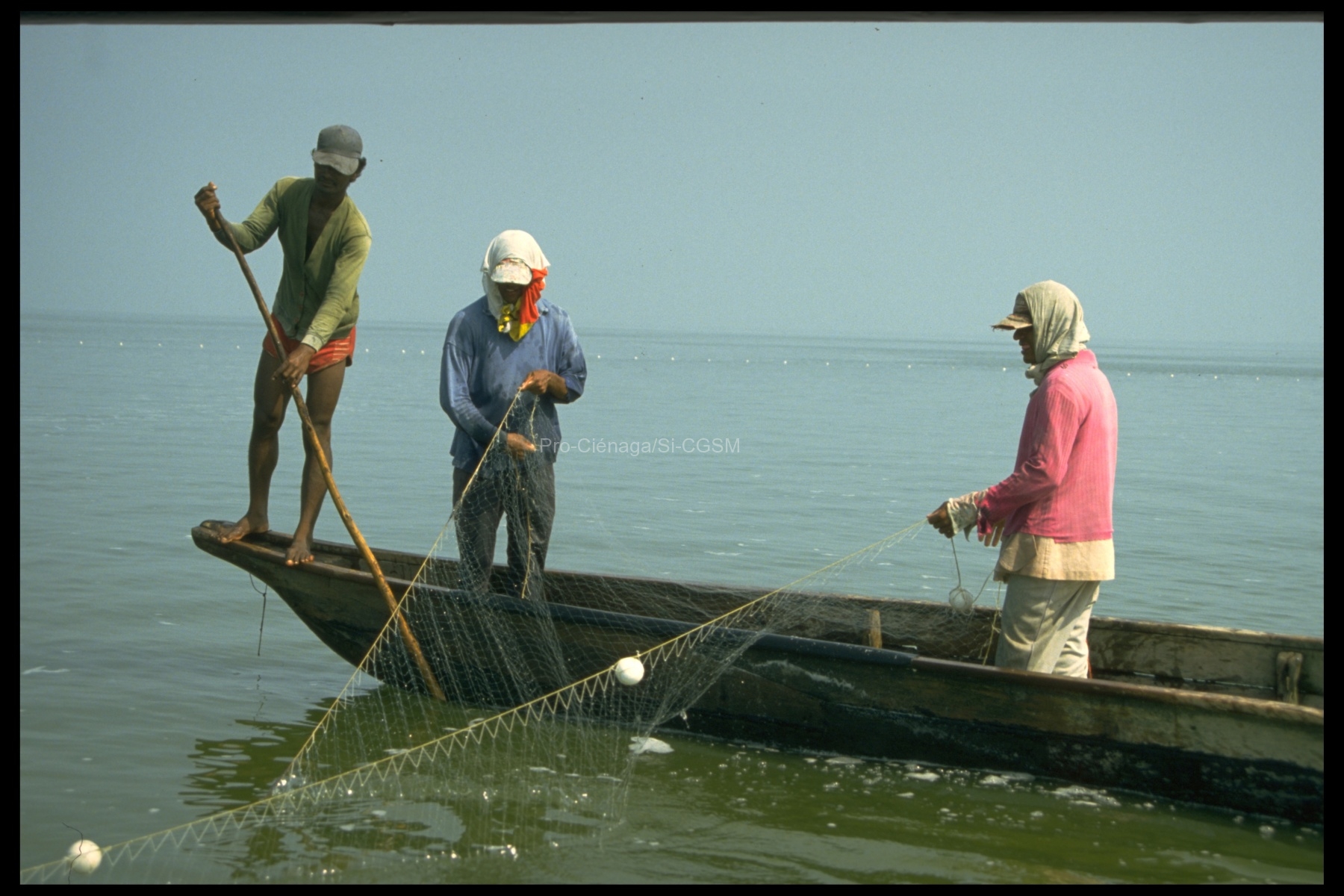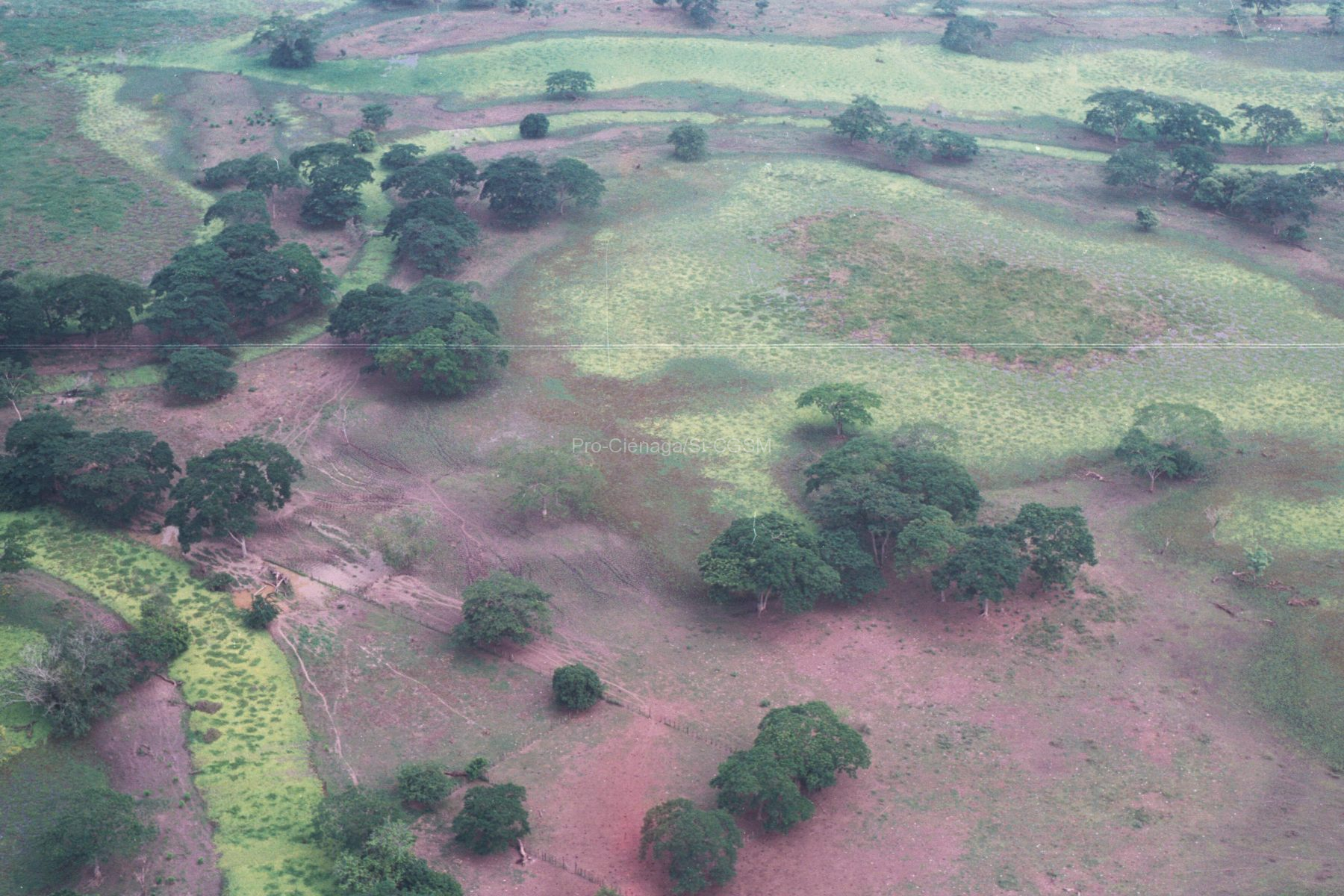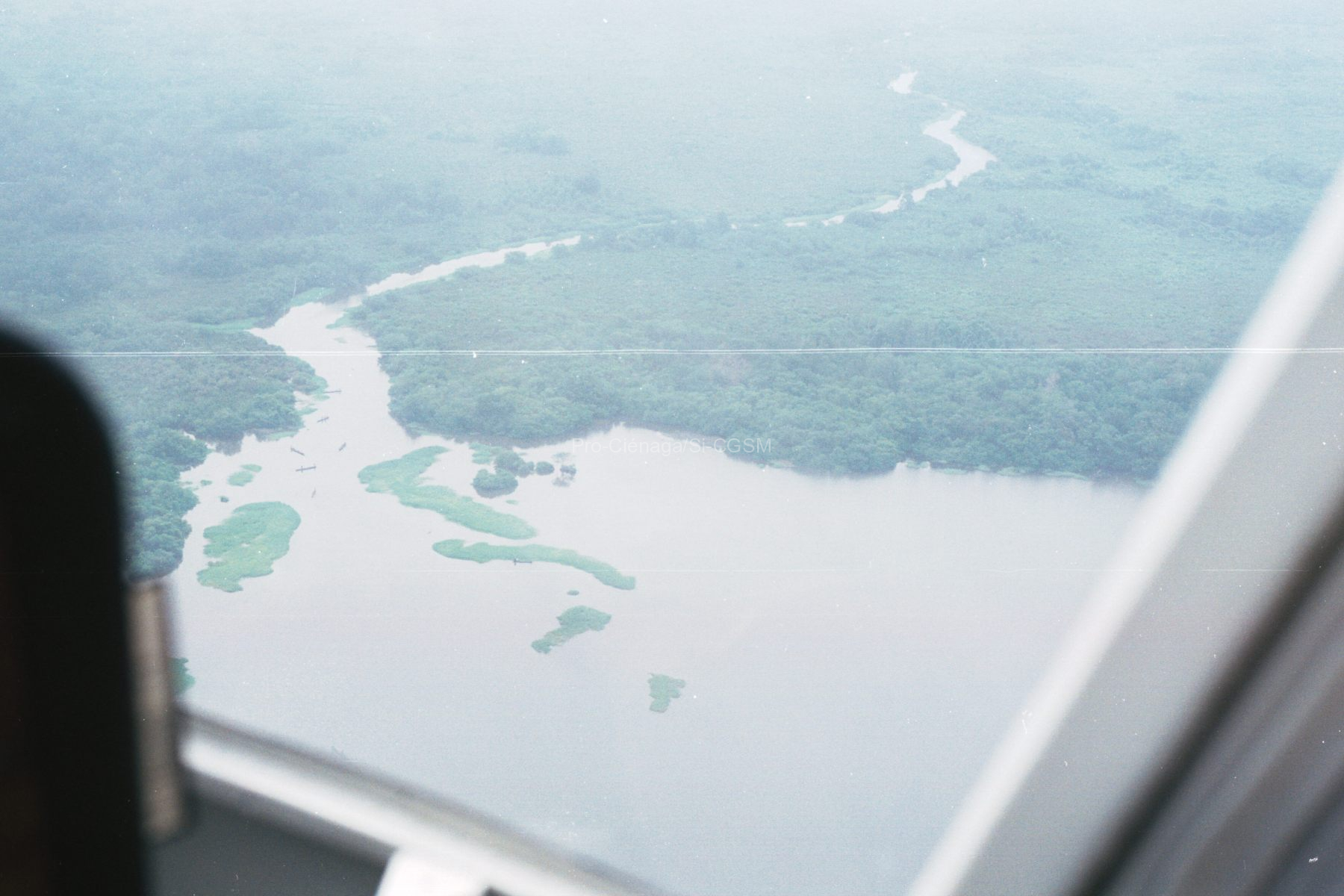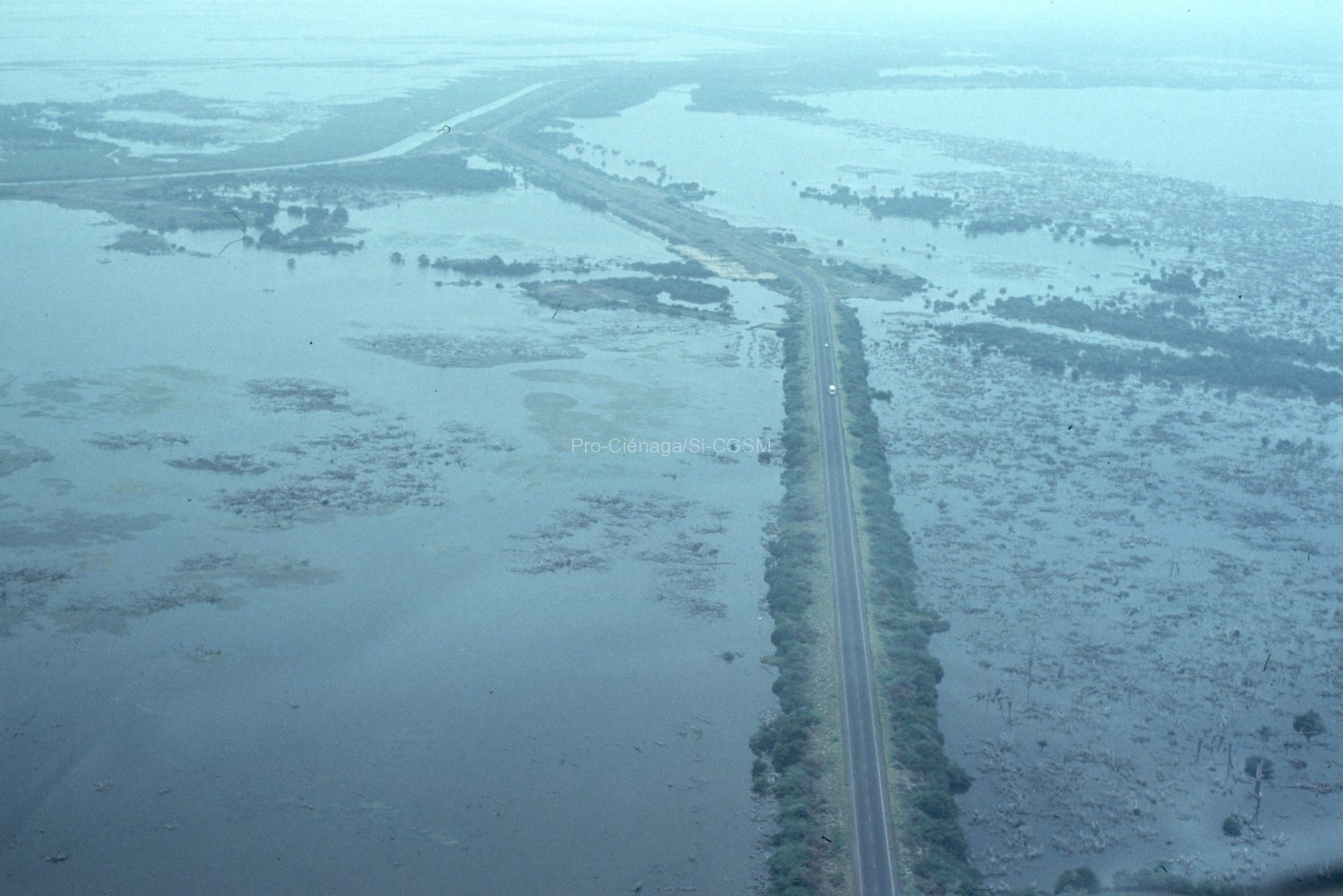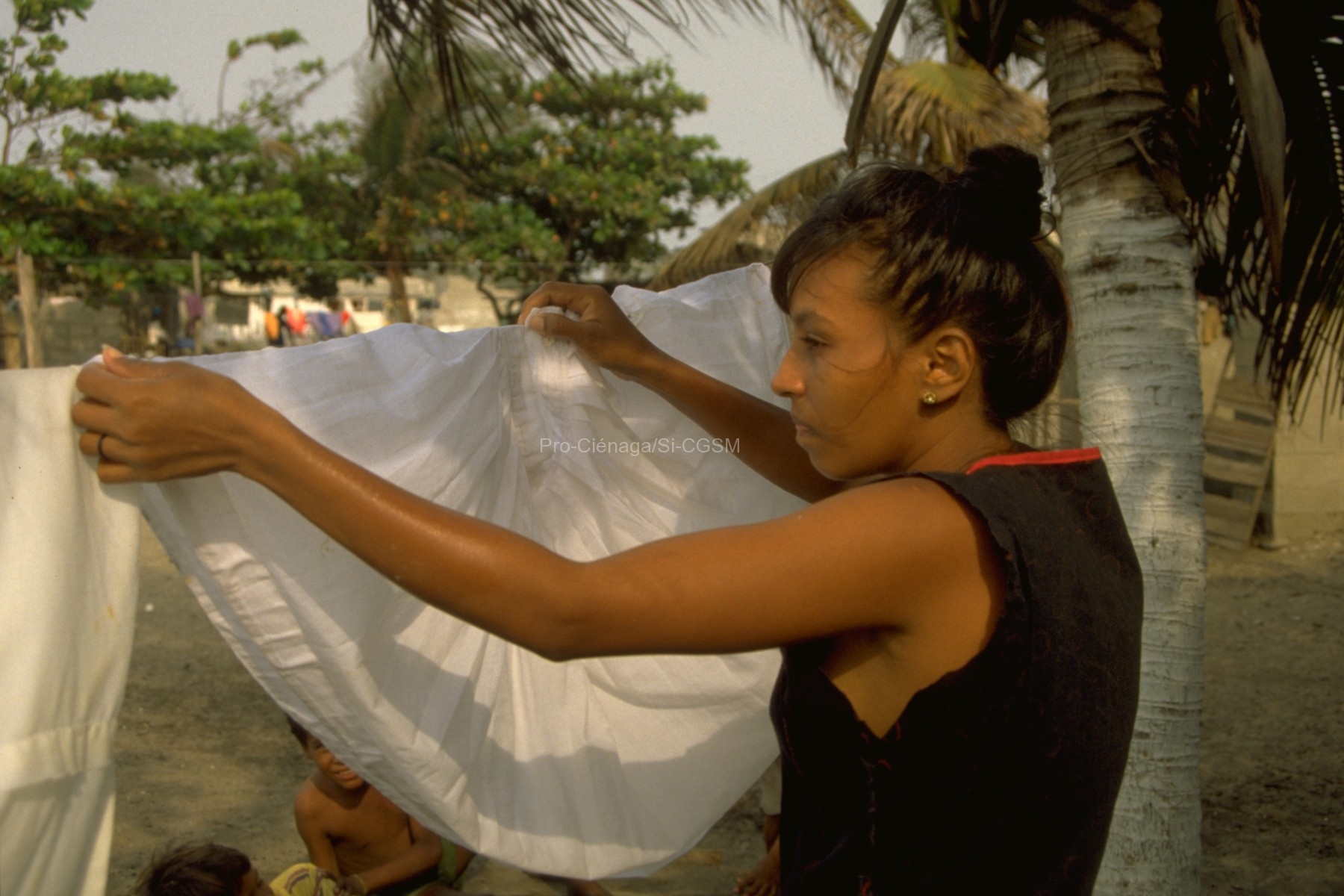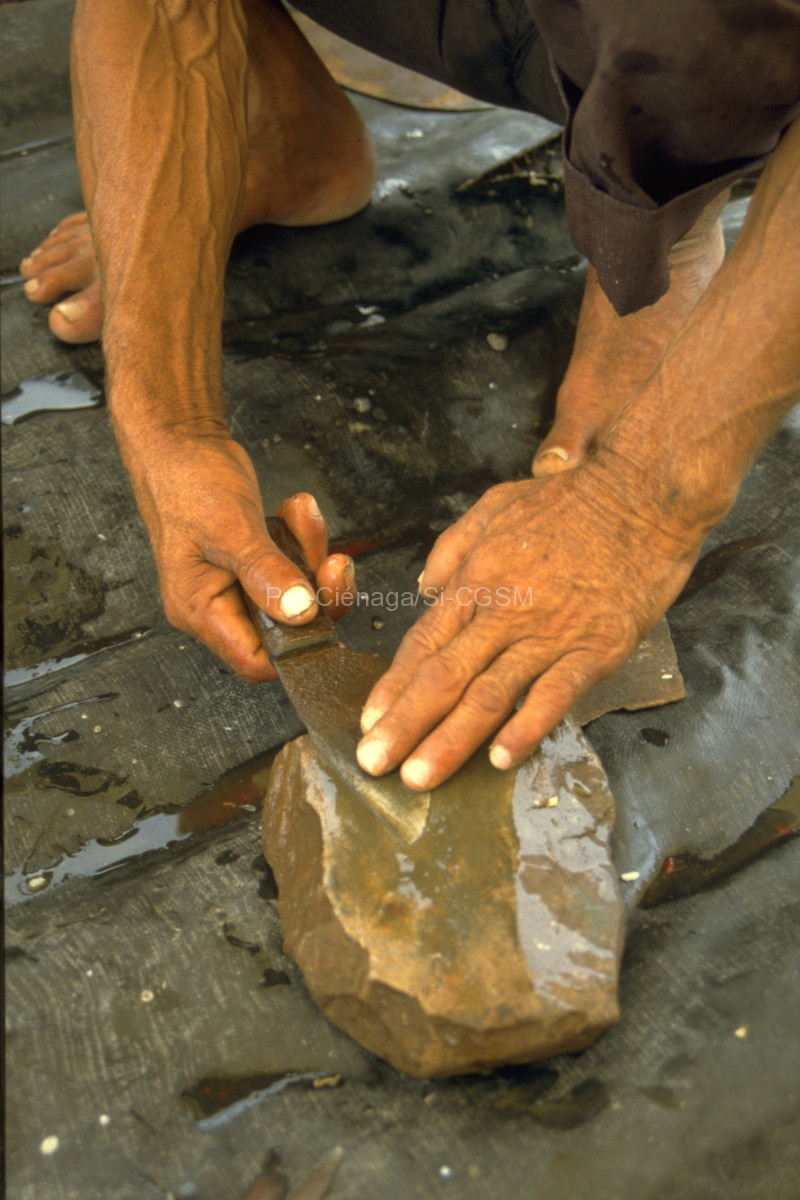Mercury (Hg) content in sediments and muscle from two fish species were determined in Cartagena Bay and Ciénaga Grande de Santa Marta, an industrialized bay and an unpolluted estuary in the Caribbean coast of Colombia. Sampling was conducted four times during March-November 1996, including both the dry and rainy seasons. Significant differences in Hg concentration were detected both for fish and sediments between the two waterbodies. Hg values ranged from 94 to 10,293 microg/kg dry weight (dw) in sediments from Cartagena Bay and between 20 and 109 microg/kg dw in Ciénaga Grande de Santa Marta. Highest Hg concentrations were observed for the omnivorous species Eugerres plumieri, and lowest concentrations were found in the detritivorous Mugil incilis. High Hg concentrations in sediments of Cartagena Bay were detected in front of the sewage discharge of an extinct chlor-alkali plant, with decreasing concentrations in stations far from the source. Our results suggest that Hg can be persistent in the sediments of previously exposed ecosystems and that the use of their biological resources should be avoided until decontamination programs guarantee safe levels of the metal in the environment.


